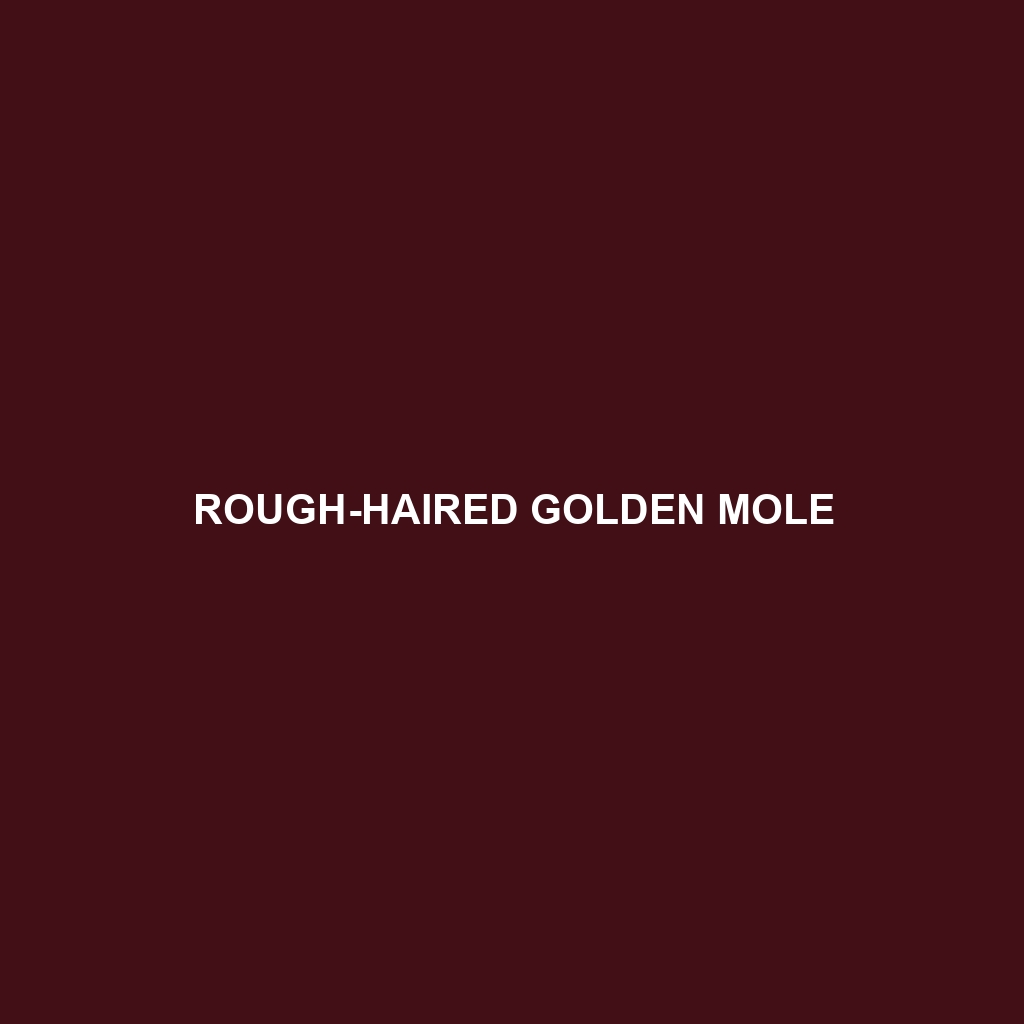Discover the Cubatyphlops arator, a small, non-venomous snake found in Central America's sandy and loamy soils, thriving in grasslands and forest edges. With its slender body measuring 30 to 50 centimeters and a diet of small invertebrates, it plays a vital role in maintaining soil health and biodiversity.
Tag: burrowing lifestyle
Anilios hamatus
Discover the Anilios hamatus, or hamate blind snake, a fossorial species native to northern Australia, measuring 25 to 30 cm in length, with a light to dark brown coloration. Known for its gentle nature, this nocturnal snake primarily feeds on ants and termites, playing a vital role in regulating invertebrate populations in its ecosystem.
Anilios broomi
Anilios broomi, commonly known as the broom snake, inhabits the arid regions of Australia and is characterized by its elongated cylindrical body, ranging from 60 to 90 centimeters in length, with a distinctive brown and cream coloration for effective camouflage. This fossorial species primarily preys on invertebrates and plays a vital role in controlling insect populations while being adapted to survive in extremely dry conditions.
Rough-haired Golden Mole
Discover the intriguing Rough-haired Golden Mole (Chrysospalax villosus), a small subterranean mammal native to Southern Africa. With their striking iridescent fur, robust burrowing capabilities, and critical ecological role as insectivores, these unique creatures are a testament to nature's adaptability. Learn about their fascinating behaviors, habitats, and the pressing conservation efforts needed to protect them from environmental threats.



